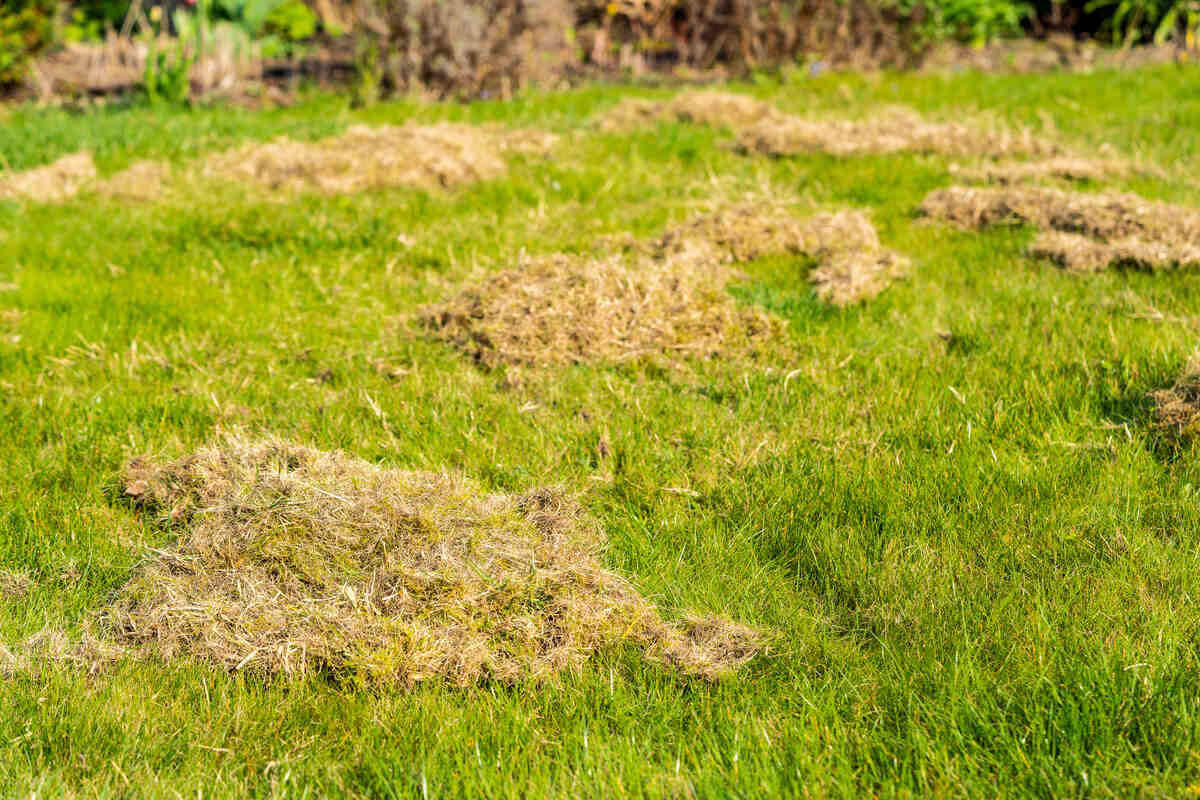
You’ve just dethatched your lawn, and you’re ready to pour a cold drink, put your feet up, and admire your handiwork. Not so fast. You’re not finished.
The exposed, vulnerable state of your lawn after dethatching presents an ideal opportunity to do additional things that strengthen your lawn and promote robust growth. This article explains what to do after dethatching your lawn, from aerating to fertilizing to overseeding and more.
Follow these practices, and your lawn will recover quickly and more beautifully than ever before.
Remove All Thatch Debris
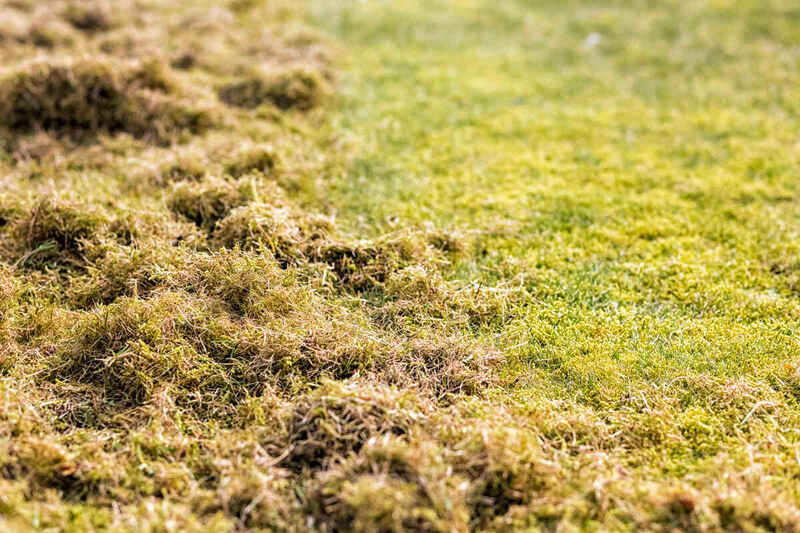
After dethatching, your lawn will be covered with dead grass, roots, and organic matter pulled up during the process.
Don’t leave this material on your lawn because it can block sunlight and air from reaching the soil and grass roots. Use a leaf rake (not a hard garden rake, which might damage the vulnerable grass) to gather all the debris.
For larger lawns, consider using a lawn sweeper. Make sure to get as much thatch material as possible, as any left behind defeats the purpose of dethatching.
For more information on how to dethatch your lawn, check out How to Dethatch Your Lawn.
Aerate Your Lawn
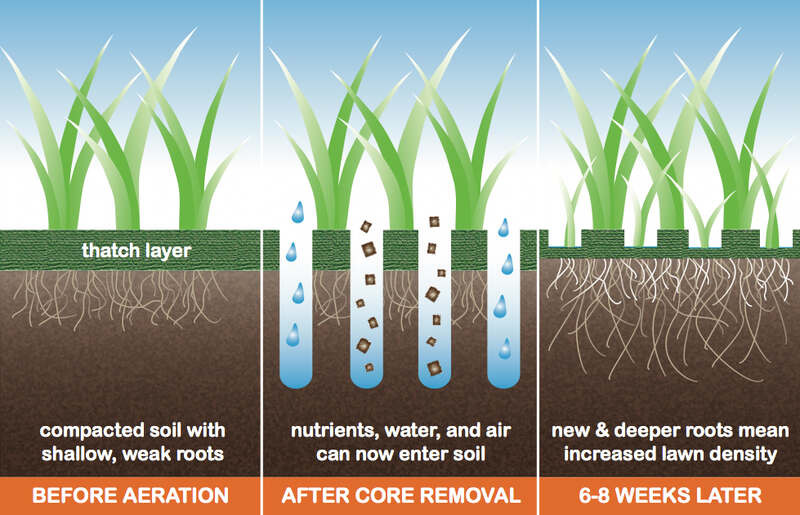
For best results, dethatch first to remove the excess thatch layer, then aerate immediately after removing the thatch debris. The ideal time to aerate is the same as dethatching – during your grass’s active growing season (early fall for cool-season grasses, late spring for warm-season grasses).
Aeration complements dethatching perfectly because:
- While dethatching removes the layer of dead material on top of the soil, aeration addresses soil compaction below the surface
- Aeration creates channels for water, oxygen, and nutrients to penetrate deeper into the root zone
- The small soil cores brought to the surface by aeration contain beneficial microorganisms that help break down remaining thatch
- Together, dethatching and aeration provide a comprehensive solution for lawn rejuvenation
To learn more, read our article on How to Aerate a Lawn.
Water Your Lawn Deeply
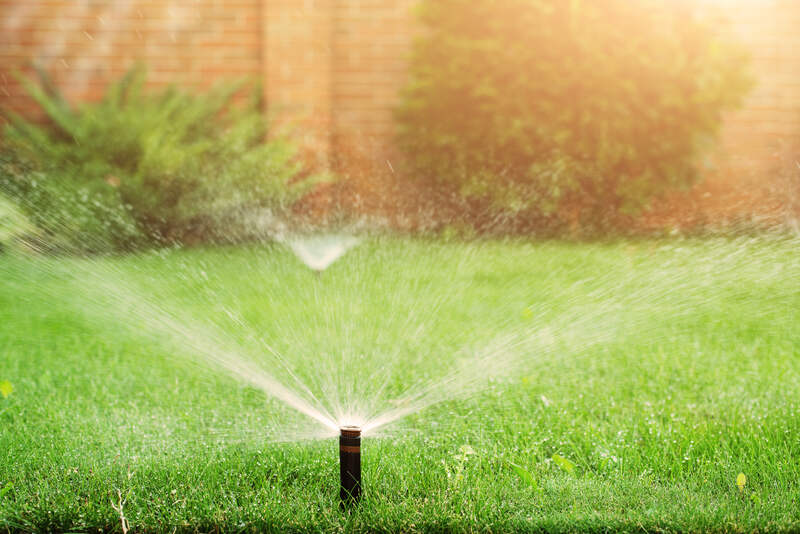
Dethatching is stressful for your lawn. A deep, thorough watering helps the grass recover by:
- Reducing shock to the root system
- Providing necessary hydration for recovery
- Settling the soil that was disturbed during dethatching
- Preparing the soil for any amendments or seed you’ll add next
Water until the soil is moist to a depth of about six inches. This usually means applying about an inch of water, but the exact amount depends on your soil type. Sandy soils need less water to reach this depth, while clay soils need more.
Apply Fertilizer Strategically
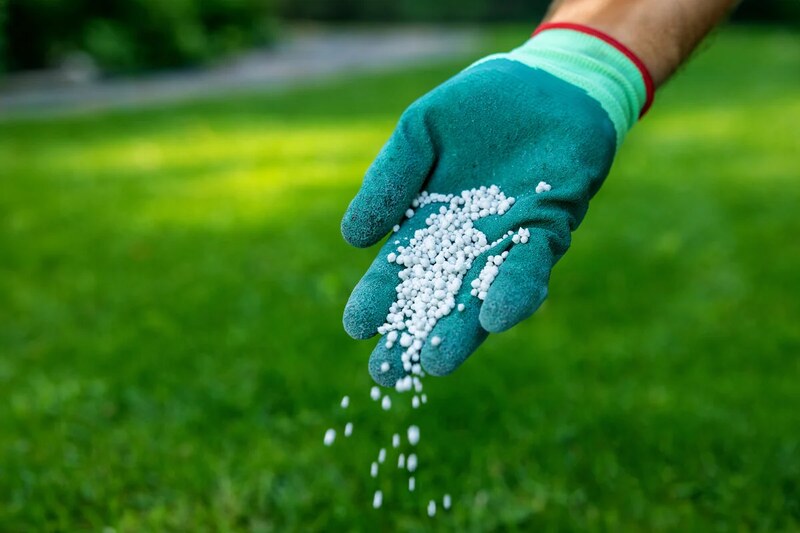
Choose a fertilizer appropriate for the season and your grass type:
- For cool-season grasses: Use a fertilizer with an NPK ratio like 18-24-12 that has higher phosphorus (the middle number) to promote root development
- For warm-season grasses: Use a balanced fertilizer like 16-16-16
Apply at the rate recommended on the packaging. Consider using a slow-release fertilizer that will feed your lawn gradually over 6-8 weeks. Apply with a broadcast spreader for even coverage, and water lightly afterward to help the fertilizer reach the soil.
Overseed
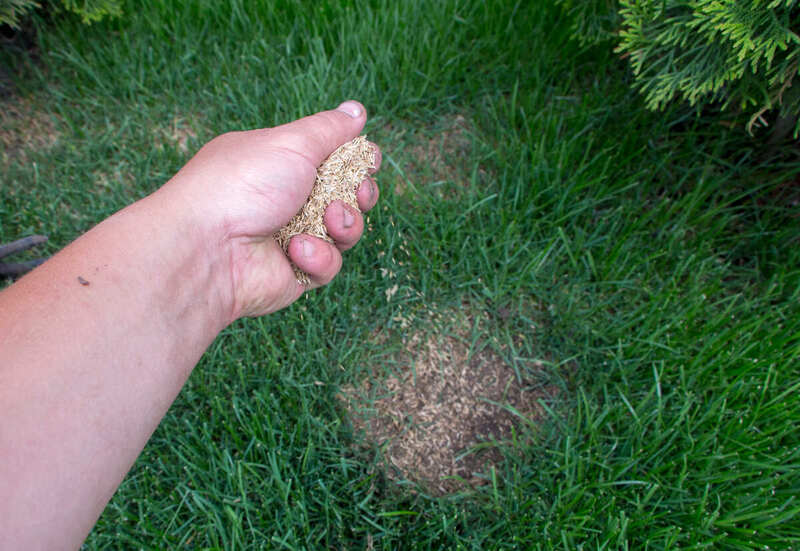
Overseeding after dethatching takes advantage of the excellent seed-to-soil contact created by the dethatching process:
- Choose the right grass seed for your climate and lawn conditions
- Apply seed at the rate recommended on the package (typically 3-4 lbs per 1,000 square feet for most cool-season grasses)
- Use a broadcast spreader for even distribution
- Lightly rake the area to ensure seed makes good contact with soil
- For larger areas, consider using a slit seeder which places seed directly into small slits in the soil
To learn how to overseed a lawn, read our article How to Overseed a Lawn in 8 Simple Steps.
Apply Top Dressing (Optional)
It’s a good idea to cover your masterpiece with a thin layer of compost, topsoil, sand, or a soil mixture to protect it while your lawn recovers:
- Apply approximately ¼ inch thick (about 1 cubic yard per 1,000 square feet)
- Spread evenly using a shovel and the back of a rake
- For larger areas, consider renting a top dressing spreader
- Gently rake the material so it filters down around the grass blades without completely covering them
Keep Your Lawn Moist
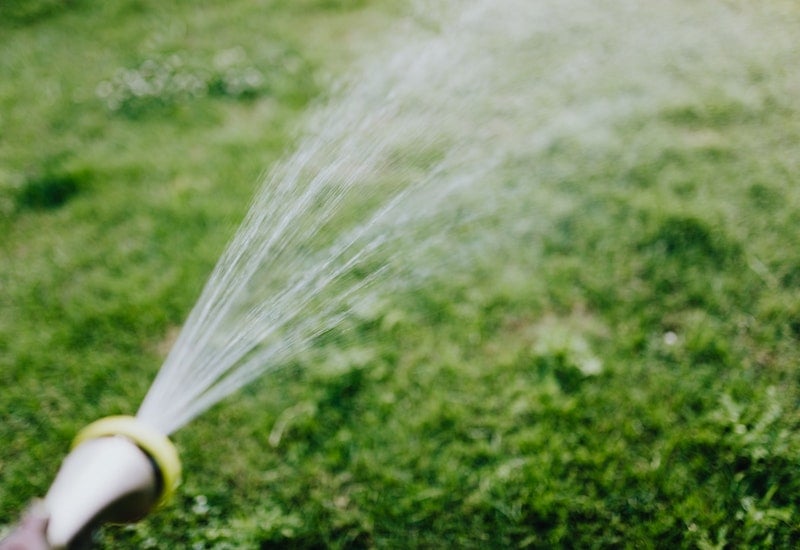
Proper watering after overseeding is critical.
Keep the top ½ inch of soil consistently moist, but not soggy. This typically means light waterings 2-3 times per day (morning, midday, and afternoon).
As seeds germinate (typically 7-14 days), gradually reduce frequency but increase duration of watering. After 3-4 weeks, return to a normal watering schedule of deeper, less frequent irrigation.
Stay Off the Lawn
While very good for your lawn, dethatching and aerating are punishing processes that take a toll on grass and grass roots. Your lawn needs time to recover.
Place temporary signs or barriers around freshly dethatched and seeded areas, keep pets off the lawn for two to four weeks, and avoid moving heavy objects or equipment across the lawn.
Delay Pesticide and Weed Killer Applications
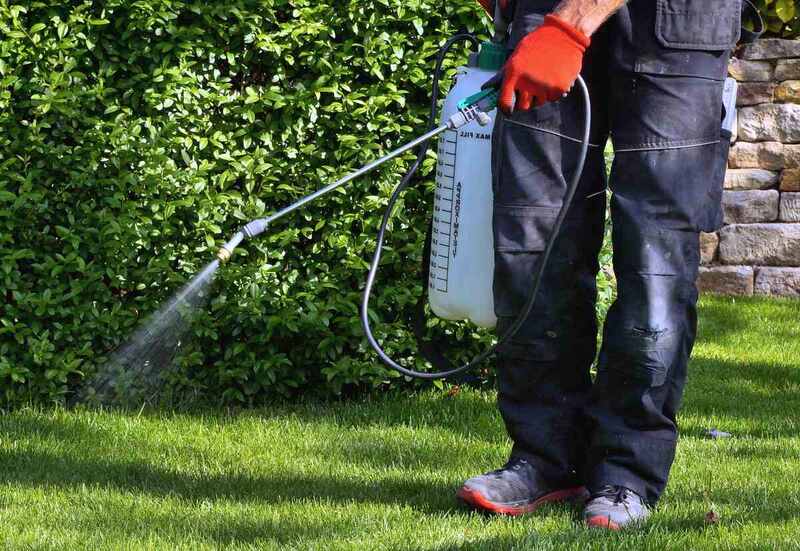
Be patient with lawn treatments. Wait at least two weeks before applying pre-emergent herbicides and four weeks before applying post-emergent weed killers.
Also, delay applying insecticides until the lawn shows signs of recovery. If crabgrass or weeds appear during recovery, consider spot-treating rather than whole-lawn application.
Following these detailed steps will help your lawn recover quickly from dethatching and result in a healthier, more vibrant turf.
FAQ About Dethatching
It’s recommended to dethatch your lawn whenever the thatch reaches a quarter of an inch thick. On average, it will reach that point twice a year. A good rule of thumb is to dethatch your lawn every other growing season.
The best time to dethatch a lawn is when the soil is moist and the lawn is actively growing, which will depend on the type of lawn you have. It’s best to dethatch a cool-season grass in the early spring or early fall, while warm-season grass should be dethatched in late spring through early summer, after your second mowing for the season.
To prevent thatch from accumulating in your lawn, mow up to one-third of your lawn’s total height when mowing and no more, do not overfertilize, and don’t overwater your lawn. Overfertilizing can cause excessive grass growth, and overwatering keeps the thatch from breaking down.
Find Your Lawn Care Professionals
Dethatching is an important part of lawn care, and taking care of your grass afterward is just as important. Know what to do beforehand so that you can get it done right the first time.
If you’re looking for lawn help, contact lawn care pros near you. They can mow and dethatch your lawn for you so that you have more free time.
Main Image Credit: fotomolka / Adobe Stock